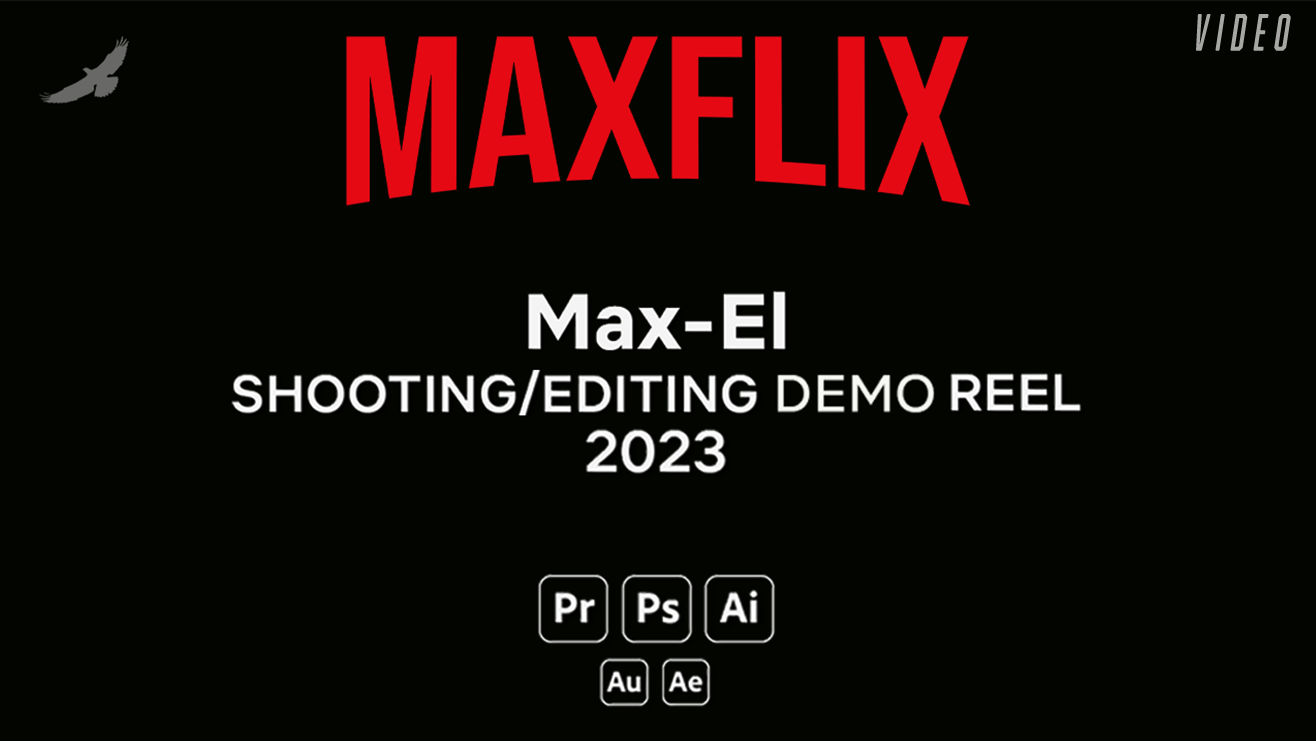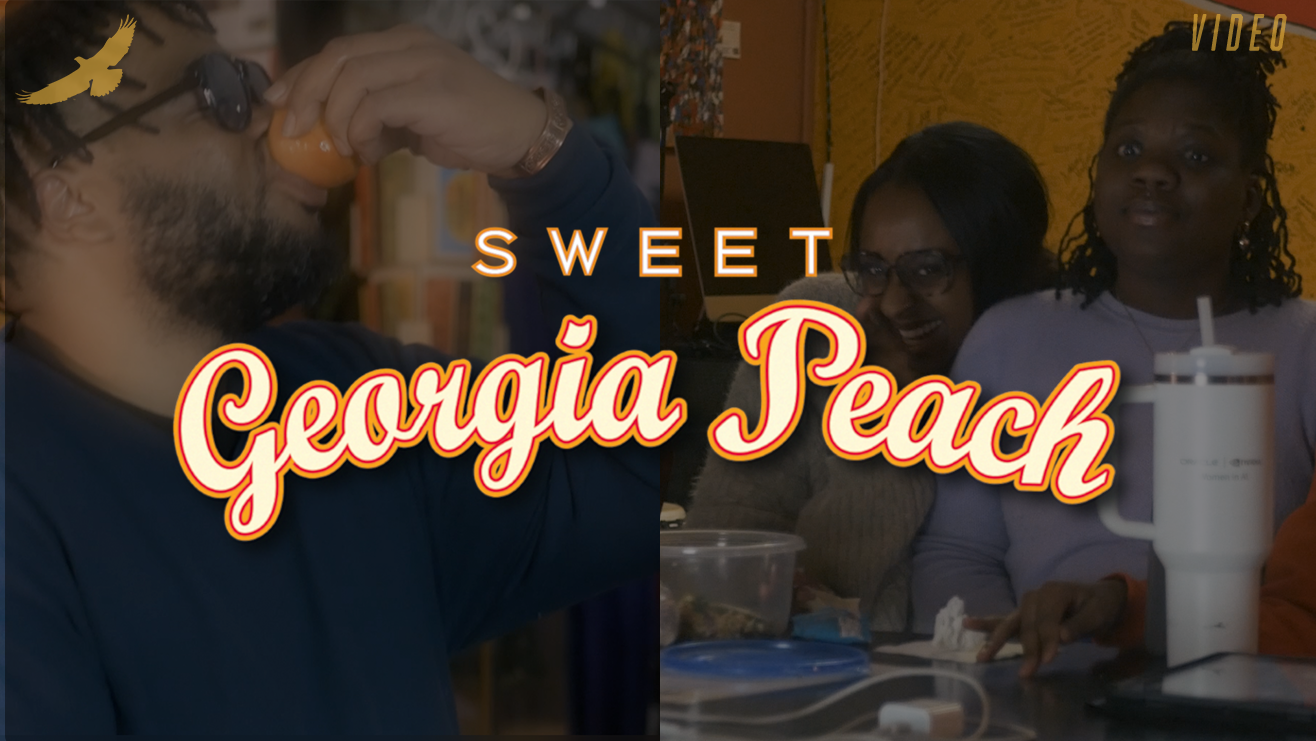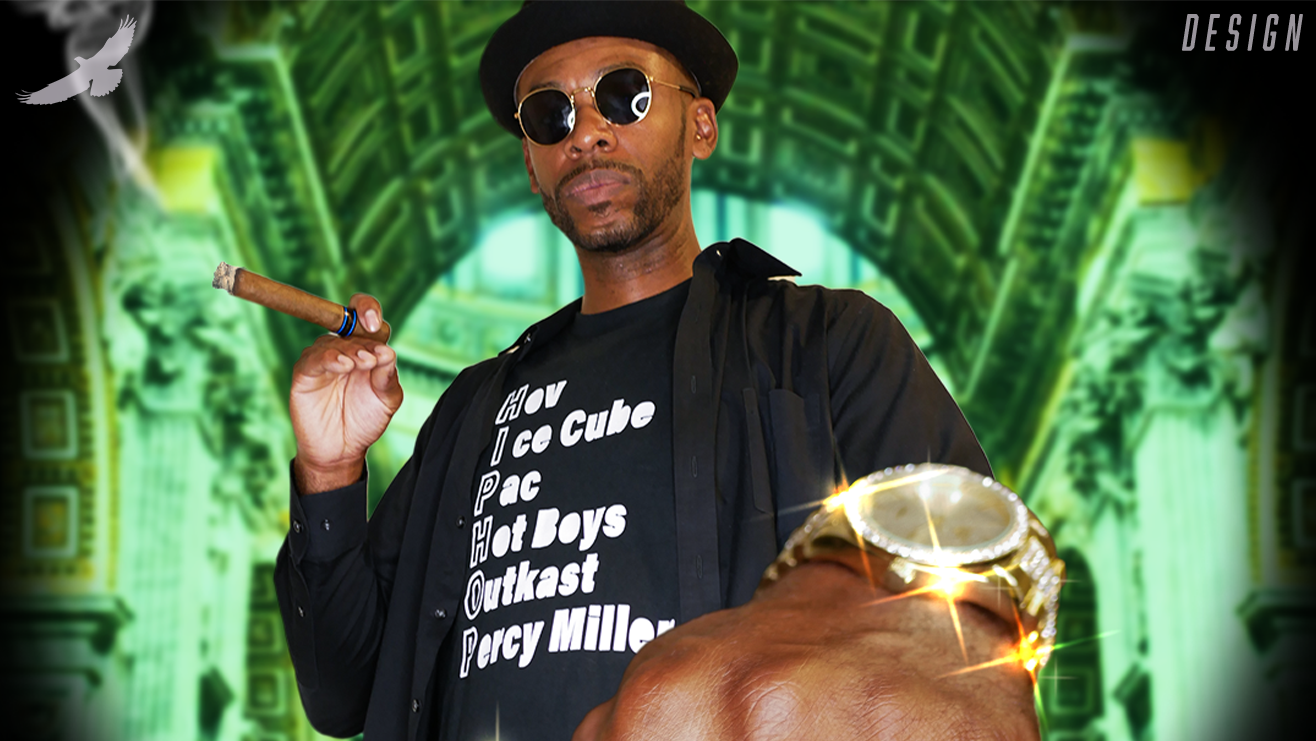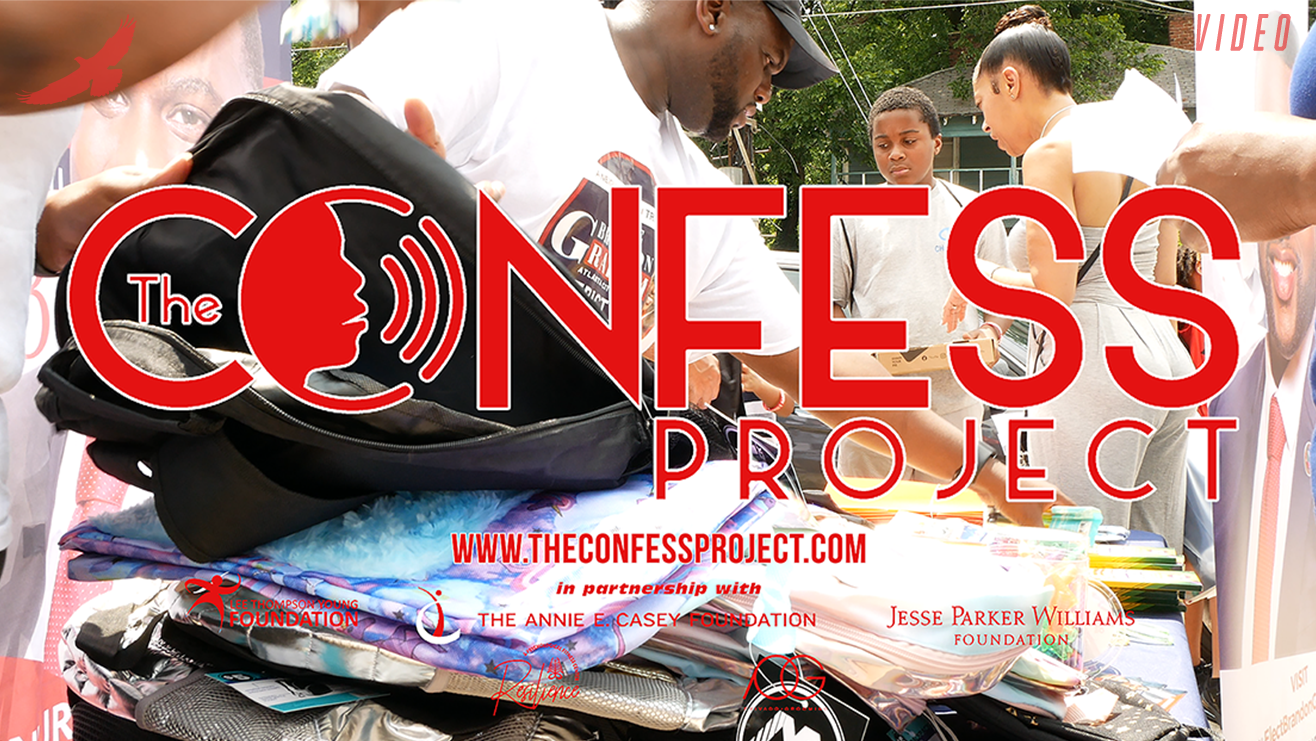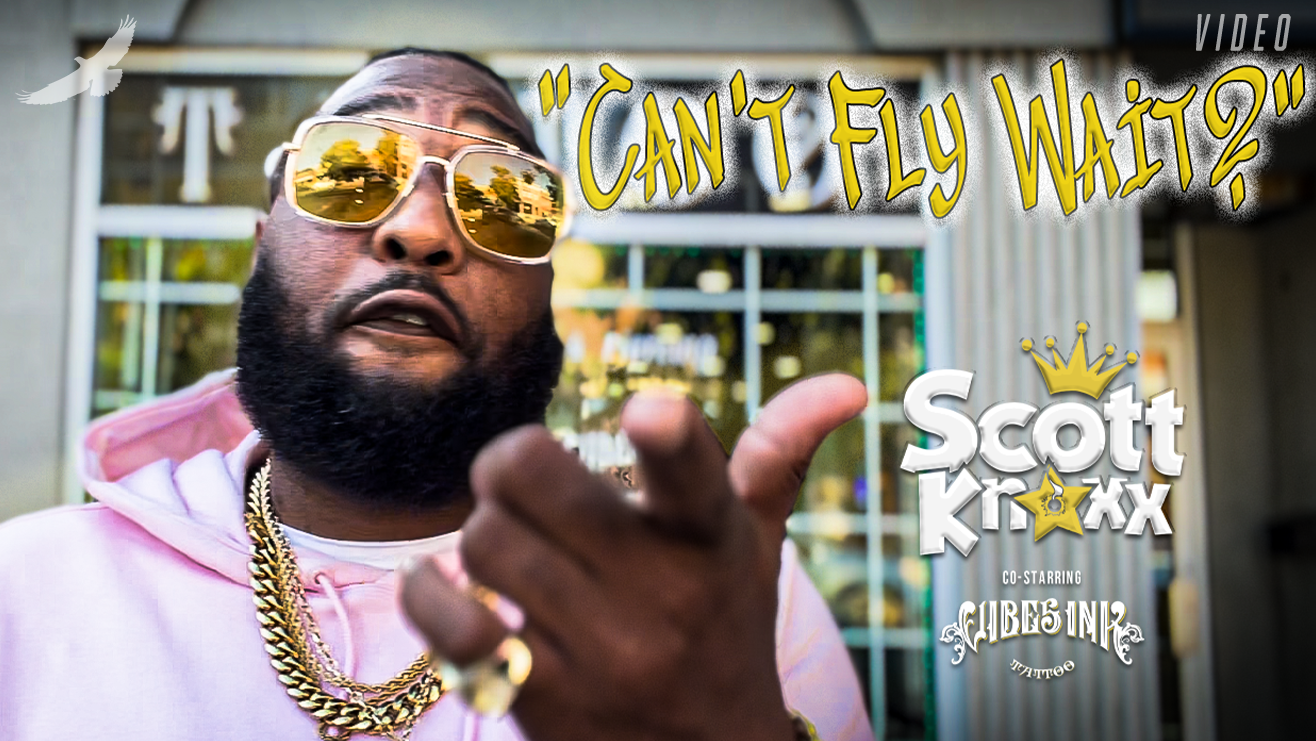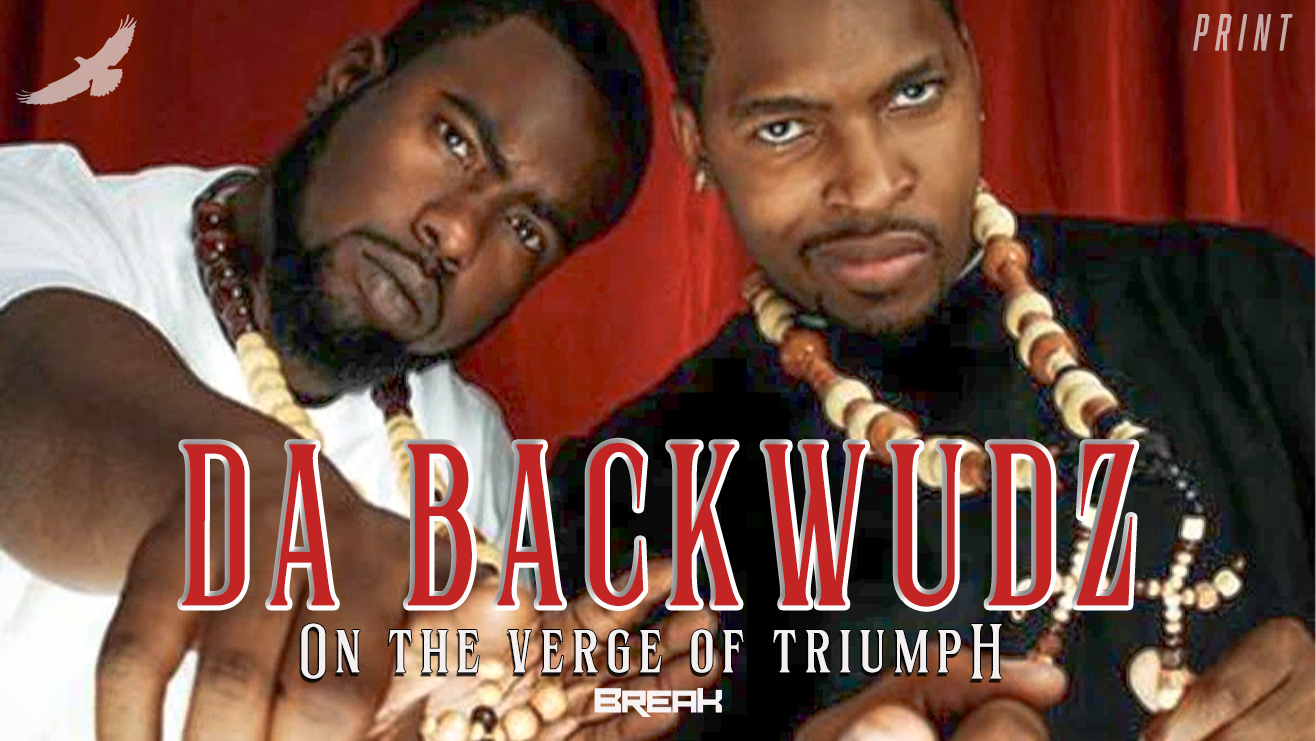When Russian composer Dmitri Shostakovich referred to soccer – or football, as it is properly called – as the “ballet of the masses” almost 80 years ago, he was referring to the grace, beauty and organization of the game he so loved. In his eyes, each team was a virtual corps de ballet, with each footballer acting as a danseur whose duty was to put on a breathtaking show while simultaneously leading his team to victory. Shostakovich was so enamored with football that one of his most popular works, a ballet called The Golden Age, had a plot centered on a Soviet football team’s trip to a Western city and their triumph over greedy capitalists.
Nearly a century later, though, Shostakovich, if he were still alive, may not hold the same unyielding affection for football he once did. That’s because today all of football’s majesty on the playing field is too often matched or exceeded by an ever-increasing amount of menace in the stands surrounding it. As racial tensions continue to rise, particularly in the European nations, footballers of African descent are regularly met with a barrage of racial taunts, demeaning signage and physical violence from unruly spectators upset with their skin color. A cadre of racist fans armed with banners emblazoned with disrespectful phrases like “AN AFRICAN CAN’T BE ITALIAN,” ready to hurl bananas on the field and direct a range of ape-like grunts and squeals at dark-skinned players await teams at nearly every turn.
Since the so-called “Global Game” is barely a blip on the sports fan’s radar here in the States, most of us are unaware of the rampant mistreatment its Black and brown players too often endure. This general ignorance is disappointing to many, as they feel the rocky history of race relations here in the U.S. should make our citizens more sympathetic to the Black footballers’ plight. But there is one American man who has noticed, and he sees soccer’s disgusting racism overseas as an opportunity to unite the global community against intolerance and bigotry while encouraging mutual respect and cooperation among various cultures.
“We live in this global community now and it kinda feels like people of color, religious and ethnic minorities as a whole are being targeted,” says Curtis Taylor, a New York-based educator and the mind behind Can I Kick It?, an ambitious documentary film project that aims to use soccer as a backdrop for fighting racism internationally, promoting education and increasing self-esteem among youth.
Can I Kick It? will juxtapose the prejudices and hatred Black soccer players face while playing in Europe with that faced by religious and ethnic minorities from both those in the community at-large and from each other as they matriculate through the global community.
Already too familiar with the societal ills here in America, Taylor’s exposure to soccer and its maladies didn’t come until he spent time studying abroad as a college student. “Like most Black people in America, I thought it was a ‘White sport’ at first,” he admits. “I mean, I’d heard about Pelé, but that’s really it. I thought it was a sport that only White people played and I wasn’t really interested. Then I found out that some of the best soccer players in the world happened to be Black and was shocked to learn that African-born players were regularly being targeted by White crowds. As a kid, I’d heard a lot of talk from older relatives about how Black Americans were being treated better in Europe than in the United States and it always piqued my interest, but seeing it firsthand really made it sink in.”
Noticing that neither Black American athletes, mainstream leaders nor governing bodies of European soccer were making an effort to support their embattled peers who’d become victims of racial oppression in Europe, Taylor has taken it upon himself to do something in concert with some of soccer’s anti-racism organizations to try using education to put a stop to what’s going on. Can I Kick It? is intended to be a wake-up call to those guilty of the international mistreatment and prejudice, both on and off the soccer field.
The storyline of the film will focus on the mistreatment of soccer players and various individuals whose lives have been affected by intolerance, bigotry and the ideological barriers that often exist between fringe groups and abuse victims. The film’s recurring theme stresses the importance of promoting tolerance and mutual respect among youth while also focusing on how, until recently, both the elite bodies of soccer and general European society benefitted from extremist behavior.
To drive home the importance of encouraging youth to take a stance against intolerance, bigotry and hatred, groups of teens from two polarized communities – namely, Protestant and Catholic Ireland and Jews and Palestinians in the Middle East – will spend time with each other through a soccer-based event in attempts to show each that they’re really no different from the other. This part of the story comes directly from Taylor’s experiences as a culturally-isolated Black kid from Rochester, New York. “A film like this would have had wondrous effects on me as a teenager,” Taylor says. “It would’ve given me self-esteem and a much broader perspective of the world.”
“Perspective” is probably the best word to describe the goal of Can I Kick It?. With a broadened perspective of Black people from around the world, racists both international and domestic may be compelled to change their views. Meanwhile, Black kids here in America will be forced to take off the blinders, move beyond the periphery of their immediate surroundings and gain worldly wisdom. If all goes as planned, Taylor’s film will help create the next wave of leaders from various parts of the globe – including, quite possibly, the next Barack Obama. “People think that it’s remarkable what Obama’s doing – and it certainly is – but in a sense it isn’t really that remarkable,” states Taylor. “He had the advantage of seeing the world and having broad horizons as a youngster. I think if you give disadvantaged kids a chance to travel abroad and exposure to a wide range of cultural experiences they’d never have otherwise, we, as a people, would be much better off. Obama’s just an example of the greatness humanity can achieve if we invest the necessary time in our youth.”
Taylor stresses the importance of both Black Americans and members of religious and ethnic minorities around the world seeing themselves as part of a larger global community instead of merely a small, isolated segment of society. In order to empower themselves and have their message heard by the world, it is vital for individuals to collectively reach out with a common cause to improve the quality of life for all humanity. This way, Taylor believes, casual onlookers will be more likely to extend a hand to your cause because you took the initial step towards them – sort of quid pro quo agreement.
Though Can I Kick It? will be centered on soccer, Taylor has no delusions of making the sport an American phenomenon. Rather, the film is meant to be an eye-opener for citizens of the world. “I’m not expecting for Black kids [in America] to go out and fall in love with soccer,” he clarifies, “'cause I know that probably won’t happen. But there is definitely a lesson to be learned from the harrowing experiences soccer players and religious and ethnic minorities have encountered in Europe and other parts of the world.” Taylor also encourages Black American youth to look at the sport as a viable alternative to improve their lives because of the many benefits associated with soccer.
“Also, I want to improve how American Blacks – young Blacks in particular – are viewed throughout the world, including here at home,” he continues. “We need to advocate on our own behalf like the jazz musicians from the Harlem Renaissance. We need to interact with and learn about various cultures of the world to show people that this is what we’re doin’ and we’re on point – but we need to do it on a global scale. We need to show the good parts of the Black American community to the global community at-large because if we don’t, nobody will.”
Beautiful.


